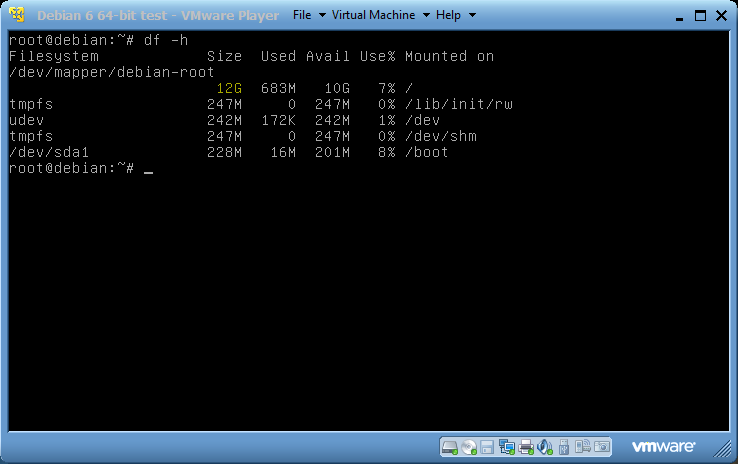

But it is available in the official package repository of CentOS 7. LVM may not be installed on your CentOS 7 machine. You format the LV into ext4, zfs, btrfs etc filesystems, mount it and use it as you do other ordinary partitions. You can extend, reduce the LV size on the fly. LV – You can create many LVs from a VG.lvreduce -r -L 500M /dev/datavg/lvdata01 fsck from util-linux 2.23. In our case we will reduce the volume from 1G to 800MB. Recall that on a default installation of Fedora, where LVM is used as the partitioning.

You can create many VGs and each of them has a unique name. Shrink the file system to the desired size. You cannot shrink root LVM partition online without reboot. Here are the usual steps: Create a new partition on hard disk. PV – It’s a raw hard drive that it initialized to work with LVM, such as /dev/sdb, /dev/sdc, /dev/sdb1 etc. Step 1: Shut down your VM and increase the disk size Step 2: Begin the LVM resizing process Step 3: Make manual changes to physical and logical volume Resizing a logical volume in Linux is not very difficult and can be achieved through very straightforward approach.LVM has basically three terms, Physical Volume PV, Volume Group VG, Logical Volume LV. LVM can be used to create easy to maintain logical volumes, manage disk quotas using logical volumes, resize logical volumes on the fly, create software RAIDs, combining hard drives into a big storage pool and many more.In this article, I will show you how to install and configure LVM on CentOS 7. LVM is a tool for logical volume management.


 0 kommentar(er)
0 kommentar(er)
